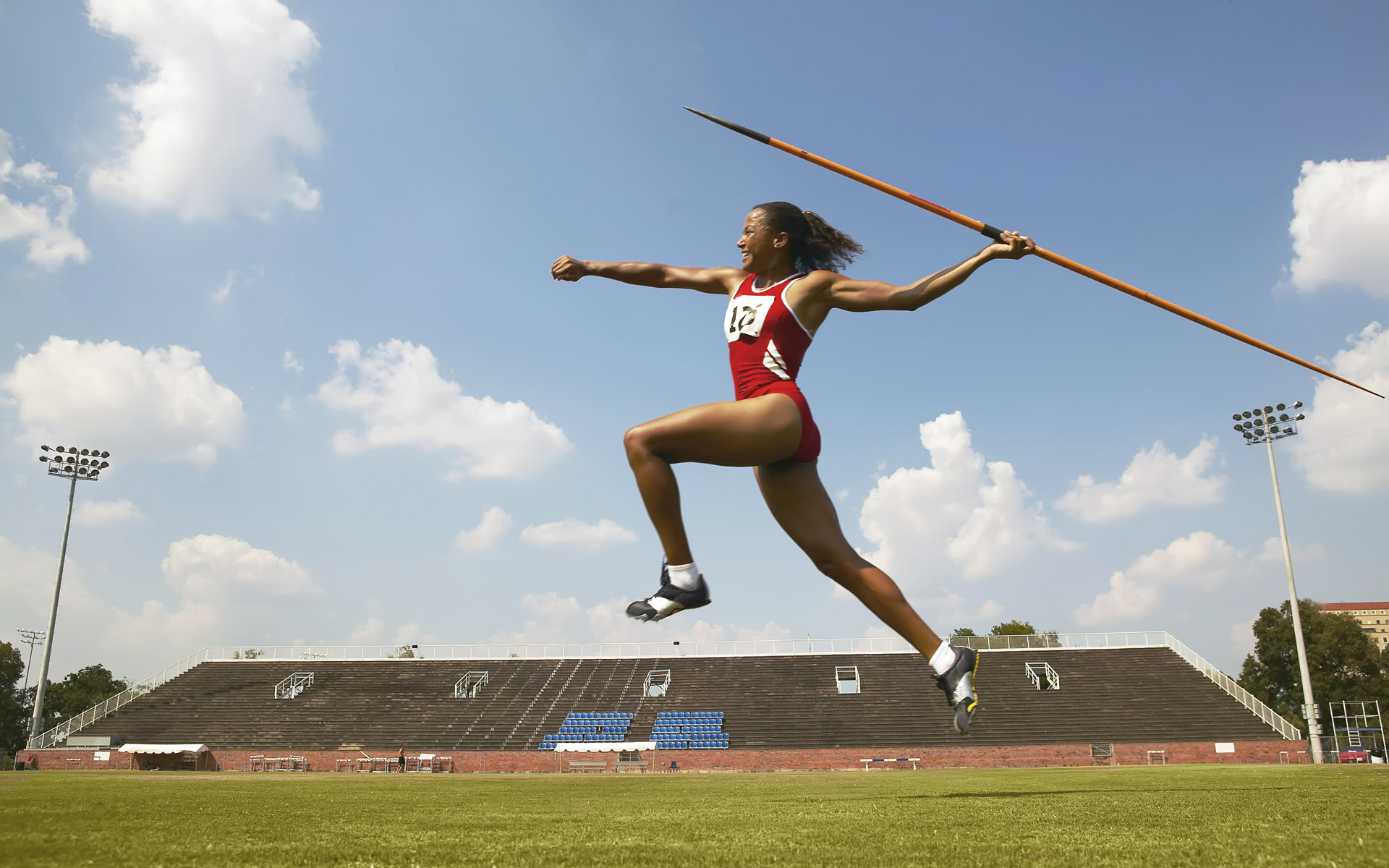Rotator cuff tendinitis and tendon tears:
The rotator cuff is composed of four large muscles that extend from the scapula (shoulder blade) to cover the shoulder joint. These muscles are extremely important for shoulder strength and for holding the shoulder joint in the correct position. Throwing athletes place tremendous stress on their shoulders and frequent throwing irritates the rotator cuff. Overworked rotator tendons can be irritated and inflamed. Rotator cuff tears are prevalent among throwing athletes and swimmers. When the cuff muscles are weak, a pinching of the bursa and rotator cuff can occur during throwing.
As the symptoms in the beginning are mild, many people will dismiss the condition. Symptoms may start with mild pain during activity or rest. As the injury intensifies, tendons are worn down, often resulting in acute pain. Left untreated, the damage may progress to complete rotator cuff tear. Typically rotator cuff tears happen within the tendon.
Rotator Cuff Tear Symptoms:
- Pain during activity or when lifting and lowering the arm
- Pain during period of rest or while lying on the injured shoulder
- Weakness, making simple activities like brushing hair, buttoning a shirt or lifting objects difficult or painful
- Crackling or grinding sensation with movement
At times when conservative treatment fails, surgery is considered to remove the inflamed bursa and create more space for rotator cuff tendons.
SLAP Tears:
Another common ailment that affects the shoulder is SLAP tear which is a type of labral tear. Labrum is the rubbery cartilage of the shoulder socket which lines and reinforces the ball and socket of the shoulder. A SLAP (superior labral tear from anterior to posterior) tear happens in the top section of the labrum in which labrum tears away from the socket. This is a common throwing injury of the shoulder as it is caused by repetitive shoulder motion. Speedy overhead movement of the shoulder usually triggers off this injury. However, it can happen gradually as well due to straining, tearing, fraying the labrum or as a part of aging process.
SLAP tear Symptoms:
- Locking, popping, catching or grinding sensation
- Feeling of looseness in the shoulder
- Pain with shoulder movement
- Decrease in range of motion and strength
- Difficulty lifting objects
Biceps Tendinitis:
It is also one of those injuries that happens because of repetitive motion of the shoulder. Biceps tendinitis leads to inflammation and irritation of the upper biceps tendon. People affected with this injury can experience shoulder weakness and tenderness.
Biceps Tendon tears:
Left untreated or there is no proper rest post biceps tendinitis, the damage may progress to the point of biceps tendon tear. Sudden sharp pain in the upper arm is the first sign of a biceps tendon tear. Sometimes a popping or snapping sound can also be heard.
Internal Impingement:
Internal impingement is also referred to as “The Thrower’s Shoulder”. Youngsters playing baseball are generally susceptible to this injury. Internal impingement occurs during the “cocking” phase of throwing. As the player puts the shoulder and arm back, the rotator cuff tendons get pinched between the glenoid labrum and the humeral head. With time this may progress to a partial rotator cuff tendon tear, or it may harm the labrum.
Shoulder Instability:
It is a throwing injury wherein the instability of the shoulder sets in gradually. Shoulder instability happens when the tissues in the shoulder are unable to keep the arm centered in the shoulder socket. Ideally, the head of the humerus bone should normally rest in a shallow socket in the shoulder blade. As a result of repetitive throwing, ligaments will stretch over time, making the shoulder head slip from the socket more easily. Pain, numbness and decreased throwing velocity are the signs of this injury.
Glenohumeral Internal Rotation Deficit (GIRD):
Throwing at high speeds require extreme internal rotation causing the ligaments at the front of the shoulder to stretch and loosen, what generally happens then is that the soft tissues in the back of the shoulder tighten, leading to loss of internal rotation.
Scapular Rotation Dysfunction (SICK Scapula):
A throwing motion involves proper movement and rotation of the scapula over the chest wall. The scapula relies on several muscles in the upper back to keep it in position to support healthy shoulder movement.
During throwing, repetitive use of scapular muscles creates changes in the muscles that affect the position of the scapula and increase the chances of shoulder injury. Drooping of the affected shoulder coupled with pain at the front of the shoulder, near the collarbone is a clear symptom of scapular rotation dysfunction.
Treatment for throwing injuries of the shoulder often includes rehabilitation exercises designed specially for throwers. Surgery is considered only as a last resort.
For enquiries related to sports injuries and their treatment options, send a message to www.BangaloreShoulderInstitute.com/contact

